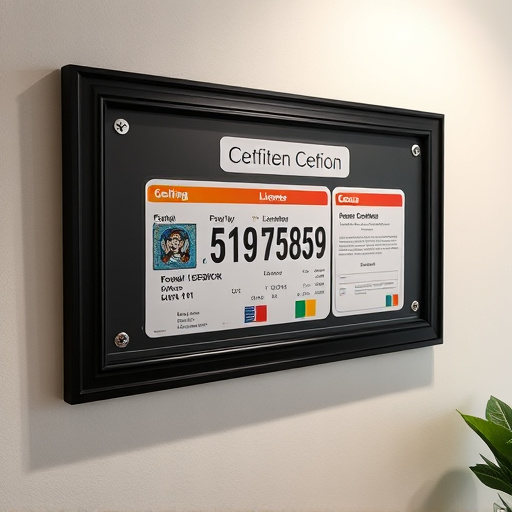Off-road vehicles demand robust air intake water protection for optimal engine performance and longevity in harsh environments. Specialized designs with waterproof seals, specialized filters, and redesigned air pathways prevent water damage while ensuring efficient airflow, preserving power output and fuel efficiency. Key components include durable water-repellent materials, sealed housing, and robust mounting systems. When selecting an off-road air intake system, prioritize air intake water protection through sealed housings, waterproof gaskets, dry filters, and protective coatings to prevent moisture intrusion for reliable performance in challenging conditions.
In the rugged world of off-road vehicles, air intake water protection is paramount. Water-resistant intake designs ensure optimal engine performance even in challenging conditions, from wet trails to flooded roads. This article delves into the essentials of air intake water protection for off-road vehicles, exploring key components and best practices for selecting the right intake system. By understanding these factors, drivers can enhance their vehicle’s capabilities and navigate diverse terrains with confidence.
- Understanding Air Intake Water Protection for Off-Road Vehicles
- Key Components of Water-Resistant Intake Designs
- Best Practices and Tips for Choosing the Right Off-Road Intake System
Understanding Air Intake Water Protection for Off-Road Vehicles

For off-road vehicles, ensuring proper air intake water protection is paramount to maintaining optimal engine performance and longevity. These vehicles often face harsh environments characterized by mud, spray, and water crossings, posing significant challenges to standard air intake systems. Specialized designs that incorporate robust water resistant features are essential to prevent damage caused by water ingress, ensuring the engine receives dry, clean air at all times.
Air intake water protection involves employing innovative techniques such as waterproof seals, specialized filters, and redesigned air intake pathways. These measures not only keep water out but also allow for efficient airflow, maintaining the vehicle’s power output and fuel efficiency. Understanding these protective mechanisms is crucial for off-road enthusiasts looking to enhance their vehicle’s capabilities and ensure reliable performance in challenging terrains.
Key Components of Water-Resistant Intake Designs

Water-resistant intake designs are a crucial component for off-road vehicles, ensuring optimal performance and reliability in challenging environments. These designs primarily focus on protecting the air intake system from water intrusion, which can be a significant issue during driving through puddles, streams, or in wet conditions. The key components include a waterproof air filter, sealed housing, and a robust mounting system.
A high-quality air filter, designed to withstand moisture, acts as the first line of defense against water. This filter is typically made with a durable, water-repellent material that traps water droplets while allowing clean air to pass through. Sealed housing further enhances water protection by creating a watertight barrier around the intake, preventing any seepage into the engine bay. Additionally, a robust mounting system secures the intake in place, ensuring it remains sealed even under extreme conditions. These components collectively contribute to maintaining consistent air flow and engine performance, making water-resistant intake designs indispensable for off-road enthusiasts.
Best Practices and Tips for Choosing the Right Off-Road Intake System

When selecting an off-road air intake system, prioritizing water resistance is paramount to ensure reliable performance in adverse conditions. Look for designs that incorporate sealed housing and waterproof gaskets to keep out moisture. Additionally, consider systems with dry filters, which prevent water from entering the engine bay, ensuring optimal airflow.
Best practices include examining the manufacturer’s specifications for water resistance ratings and checking for features like waterproof connectors and protective coatings. Ensure the intake system fits seamlessly into your vehicle’s existing design, avoiding any potential leaks or obstructions. Regular cleaning and maintenance, especially in dusty off-road environments, will extend the lifespan of your air intake system, preserving its water resistance over time.
Off-road enthusiasts now have access to advanced air intake systems that offer superior water protection, ensuring optimal engine performance even in challenging terrain. By understanding key components and best practices for choosing water-resistant intakes, drivers can enhance their off-road experience with improved efficiency and reduced risk of damage. Investing in a high-quality, tailored intake system is a game-changer for anyone navigating wet and muddy trails, providing a crucial advantage for successful off-road adventures.














